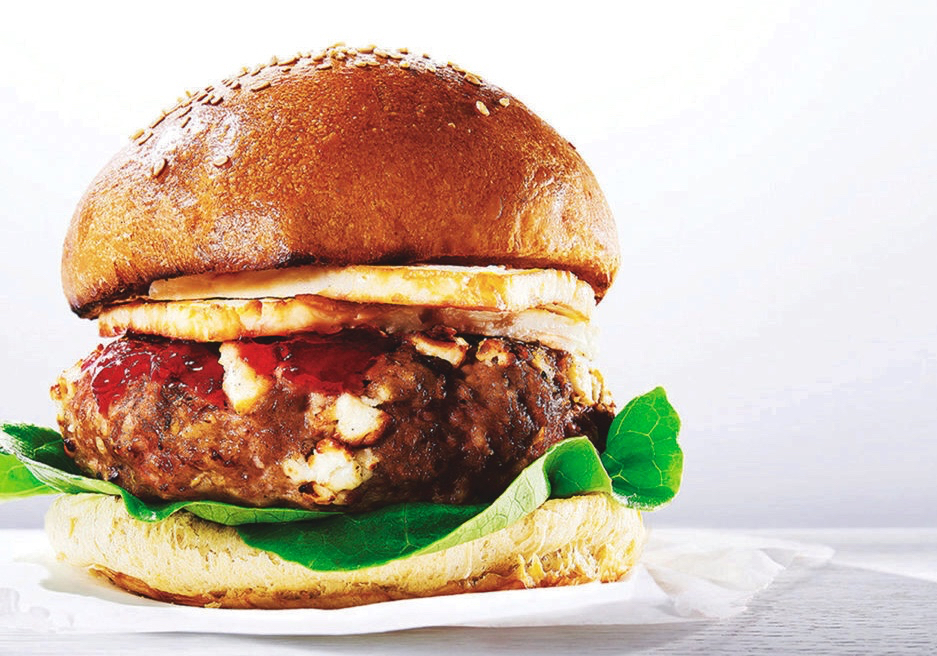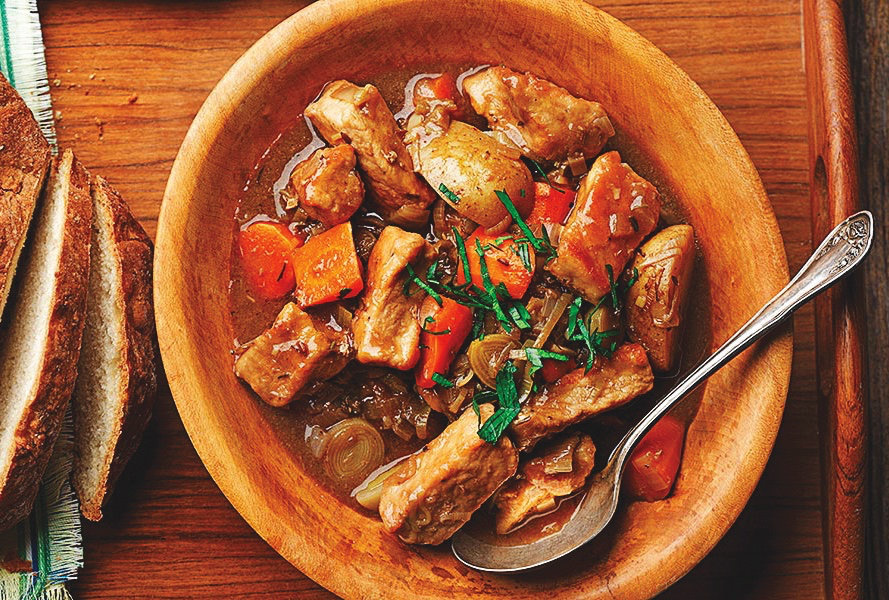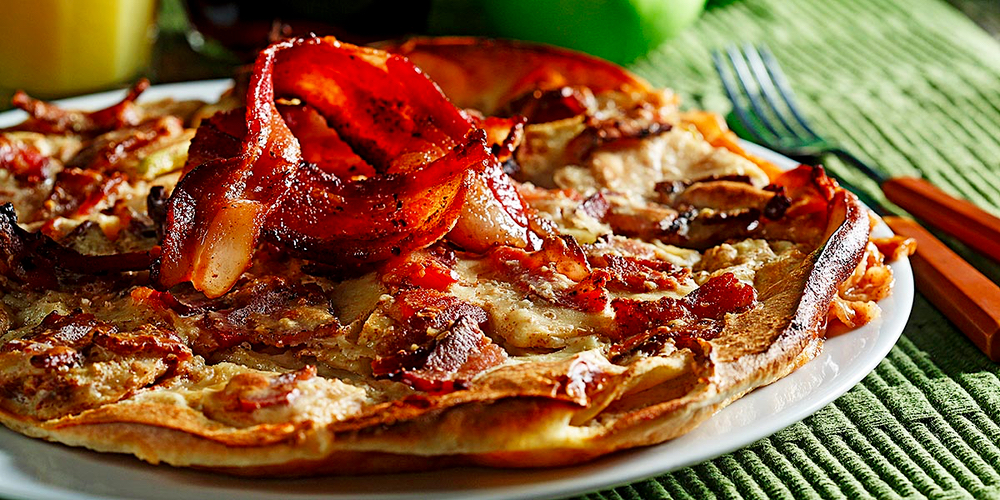You are determined to like this food, aren’t you?” my husband remarked with a grin. I must have been “making a face” at my bowl of grits, which I had chosen for my second breakfast meal of the week.
I regularly enjoy hot cereal such as oatmeal for breakfast, so why not try something new? In general, I eat almost anything. We were in a southern state, and I was trying out foods that are uncommon in the Midwest.
Along with my bowl of grits, I had chosen my favourite breakfast food: scrambled eggs. If kids take 10 to 12 times to like a new food, how many times does a nutrition specialist need to develop a taste for grits?
Read Also

Mastering Manitoba’s late-season bird hunt
Manitoba hunters still have plenty of hunting opportunities left in fall 2025 for grouse, partridge and even waterfowl like ducks and geese.
Pairing a favourite food with a new food is what we suggest with kids. Would I be different?
The bowl of cream-coloured cereal arrived with a light sprinkling of shredded cheddar cheese. The first time I had this grain food, the ratio of cheese to grits was about 50:50, I think. I like cheese already, so I ate them.
I tasted the grits at breakfast, and I could tell nothing was added. They were a “blank canvas” in need of something. I thought about going to Google on my phone to find out “what to add to grits.”
Our server came by with more coffee. I asked her what she suggested I should add. She said she liked butter and sugar on grits. Some people liked to add butter, salt and pepper. She also liked to stir in scrambled eggs.
I had lots of options, but I wasn’t going to use my eggs in that manner, though. I decided to try both seasoning methods. I prepared one savoury side and one sweet side. My husband watched me in amusement. Unfortunately, I never have had a “poker face.”
I will need a few more tries to enjoy grits, but I did eat most of my breakfast. I am sure that some of the regional dishes we eat in the Midwest would be met with a similar reaction in other states. We all tend to like the familiar, but “mixing it up” is a good idea. Enjoying a variety of foods in moderation is always good advice.
Grits are made of corn, or maize, and they are cooked to form a porridge. Some recipes add cheese, bacon and onion to grits. Others suggest the typical cereal toppings.
How adventuresome are you with your grain choices? Try this quiz to see if you can identify the type of grain from these clues.
- This type of grain is high in fibre and can be used in baked goods and breakfast cereals. You might be familiar with the “pearled” version, which is used in soups.
- This grain actually is the seed from a family of herbs. It technically is not a cereal grain. It often is ground and used to replace part of the wheat flour in pancake mixes.
- This grain food is made from durum semolina and is very popular in North African countries. It usually is yellow and resembles rice but actually is pasta.
- This common whole-grain breakfast food is available in regular and quick-cooking varieties, depending on the degree the grain has been “rolled” during processing. It is a heart-healthy food.
- This food is not a grain but is a small seed that is grown in Peru and Bolivia. It is cooked similarly to rice.
- This grain is the most commonly eaten grain in the world. It is available in white or whole grain brown types.
- This may be the smallest grain in the world and is used as a thickener. (If you get this question correctly, you can pat yourself on the back.)
- This grain often is known as the “staff of life” and includes processed versions known as bulgur and farina.
How did you do? My thanks go to an Extension professional in Oklahoma Co-operative Extension for inspiring this column with her PowerPoint. The answers are: 1. barley; 2. buckwheat; 3. couscous; 4. oatmeal; 5. quinoa (pronounced keen-wa); 6. rice; 7. teff; 8. wheat.
If you like oatmeal, this version has a special addition: puréed pumpkin. Adding pumpkin provides beta carotene, a pigment that our body converts to vitamin A. We need vitamin A for healthy skin, membranes and eyes. Oatmeal is a whole grain food that provides soluble fibre, which can reduce blood cholesterol levels.
Pumpkin Pie Oatmeal
- 2 c. quick-cooking oats
- 1/4 c. low-fat or fat-free milk
- 3/4 c. canned pumpkin (without spices)
- 1 tbsp. brown sugar
- 2 tsp. pumpkin pie spice*
- Pinch of salt
- Optional: chopped walnuts, raisins, dried cranberries, apple slices, whipped topping, butterscotch or white chocolate chips
In a microwave-safe bowl, whisk together all of the ingredients except for the optional toppings. Microwave on high for about two minutes or until the oatmeal reaches the desired consistency. For thinner oatmeal, add more milk. Leave in microwave for about one minute. Serve hot and topped with desired toppings.
Makes four servings.
*To make your own pumpkin pie spice mix together 3 tbsp. ground cinnamon, 2 tsp. ground ginger, 2 tsp. ground nutmeg, 1-1/2 tsp. ground allspice and 1-1/2 tsp. ground cloves.















